Killer Whales In Atlantic Ocean
Welcome to the ultimate guide to everything about Killer Whales! In this article, we will explore some fascinating facts about these majestic creatures and delve into their behavior, habitat, and more.
Killer Whales, also known as Orcas, are highly intelligent marine mammals belonging to the dolphin family. They are widely recognized for their distinctive black and white markings and their immense size, as they can grow up to 30 feet long and weigh over 10,000 pounds.
Introduction to Killer Whales
Killer Whales are known for their exceptional hunting skills and cooperative hunting techniques. They are apex predators and have a diverse diet, feeding on fish, squid, seals, and even other whales. These magnificent creatures are found in oceans all around the world, from the icy waters of the Arctic to the warmer seas of the tropics.
Physical Characteristics
One of the striking physical features of Killer Whales is their prominent dorsal fin, which can reach a height of up to 6 feet. The dorsal fin helps them maintain stability while swimming. The distinctive black and white coloration of their bodies also serves as a form of camouflage, as it helps to break their outline when hunting.
Furthermore, Killer Whales have an excellent sense of hearing, using echolocation to locate prey and communicate with other members of their pod. They can produce a wide range of clicks, whistles, and calls, which are specific to each pod and help them navigate and hunt efficiently.
The Social Structure of Killer Whales
Killer Whales are highly social animals and live in tight-knit family groups called pods. These pods can consist of up to 40 individuals and are led by a matriarch, usually the oldest female in the group. The members of a pod exhibit strong bonds and work together to hunt, raise young, and protect one another.
Within a pod, each member has specific roles and responsibilities. For instance, some individuals specialize in hunting, while others care for the young calves. These social dynamics are crucial for the survival and success of the group.
Communication and Vocalizations
Killer Whales have an elaborate system of communication, using a combination of vocalizations and body language to convey messages. They emit high-pitched whistles, clicks, and pulsed calls to coordinate group movements and hunting strategies. Through these vocalizations, they can express a wide range of emotions, including excitement, distress, and affection.
Scientists have also discovered regional dialects among different populations of Killer Whales. Each pod has its unique set of vocalizations and calls, serving as a form of identification and ensuring cohesive communication within the group.
The Role of Killer Whales in Marine Ecosystems
Killer Whales play a vital role in maintaining the balance of marine ecosystems. As top predators, they help regulate the populations of their prey species, preventing overpopulation and ensuring the health of the ecosystem. By controlling the number of seals, sea lions, and other marine mammals, they indirectly support the overall biodiversity of the oceans.
Additionally, their movements and migrations contribute to the distribution of nutrients and can even impact the productivity of phytoplankton, which are crucial for oxygen production and carbon fixation.
Conservation Status and Threats
While Killer Whales are still relatively abundant in certain parts of the world, some populations are facing significant threats. Pollution, habitat destruction, and prey depletion are among the primary concerns for their survival. Furthermore, the capture of Killer Whales for entertainment purposes in captivity has been a controversial issue, raising concerns about the welfare and wellbeing of these intelligent creatures.
Efforts are being made worldwide to protect and conserve Killer Whales and their habitats. Stricter regulations on pollution, reduction of boat traffic in sensitive areas, and the establishment of marine protected areas are some of the measures being implemented to ensure their long-term survival.
The Conclusion
In conclusion, Killer Whales are magnificent creatures that captivate our imagination with their intelligence, hunting prowess, and intricate social structures. They play a crucial role in marine ecosystems and are deserving of our respect and protection.
As we continue to learn more about these incredible animals, it is essential to recognize the importance of conserving their habitats and ensuring their welfare. By doing so, we can preserve the natural balance of our oceans and continue to marvel at the wonders of the underwater world.
People Also Ask
Q: What do Killer Whales eat?
A: Killer Whales have a diverse diet that includes fish, squid, seals, and other marine mammals.
Q: Are Killer Whales dangerous to humans?
A: While there have been very few reported cases of attacks on humans by Killer Whales in the wild, it is essential to respect their size and power and observe them from a safe distance.
Q: How long do Killer Whales live?
A: Killer Whales have an average lifespan of 50 to 80 years in the wild, although some individuals have been known to live over 100 years.
If you are looking for Killer whales near Cape Breton 'once-in-a-lifetime' sighting for fishery officers | CBC News you've came to the right place. We have 25 Pictures about Killer whales near Cape Breton 'once-in-a-lifetime' sighting for fishery officers | CBC News like Killer whales have close friendships • Earth.com, The Killer Whale (also known as Orca) is actually a type of dolphin. - Animal Rescue and also Despite Recovery, Humpback Whales in the South Atlantic Ocean Face Threats | The Pew Charitable. Here it is:
Killer Whales Near Cape Breton 'once-in-a-lifetime' Sighting For Fishery Officers | CBC News
 www.cbc.ca
www.cbc.ca killer whales cbc fishery officers ca sighting breton cape dfo scotia nova lifetime once near pod month last protected patrolling
Scientists Find Mystery Killer Whales Off Cape Horn, Chile
 phys.org
phys.org whales blunt eyepatches
April 29th All Day Trip: Killer Whales – Blue Ocean Whale Watching
 www.blueoceanwhalewatch.com
www.blueoceanwhalewatch.com whales killer whale ocean watching blue trip female monterey bay 29th april
7 Reasons Killer Whales Are Evil Geniuses - The Atlantic
 www.theatlantic.com
www.theatlantic.com killer whales
How Do Whales Protect Themselves? | Sciencing
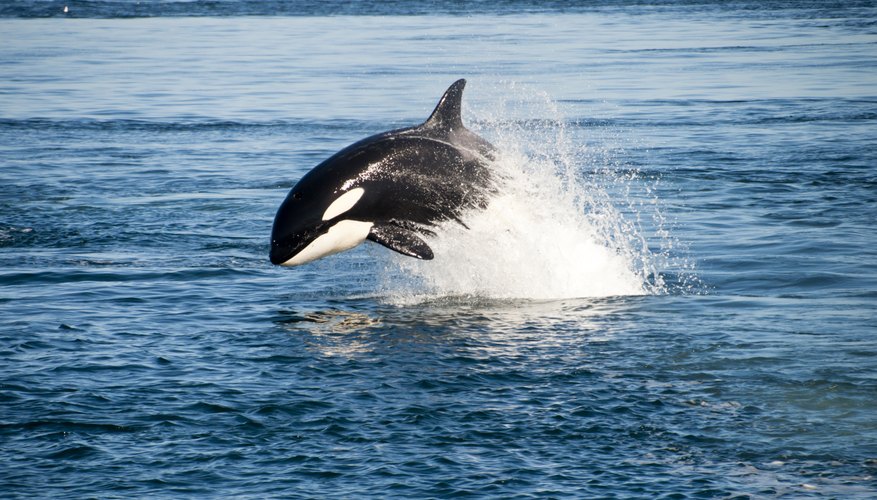 sciencing.com
sciencing.com whales protect themselves killer ocean animals sea whale some massive breaching
A Pod Of False Killer Whales Feed On Mahi Mahi In The Atlantic Ocean Near Madeira Stock Photo
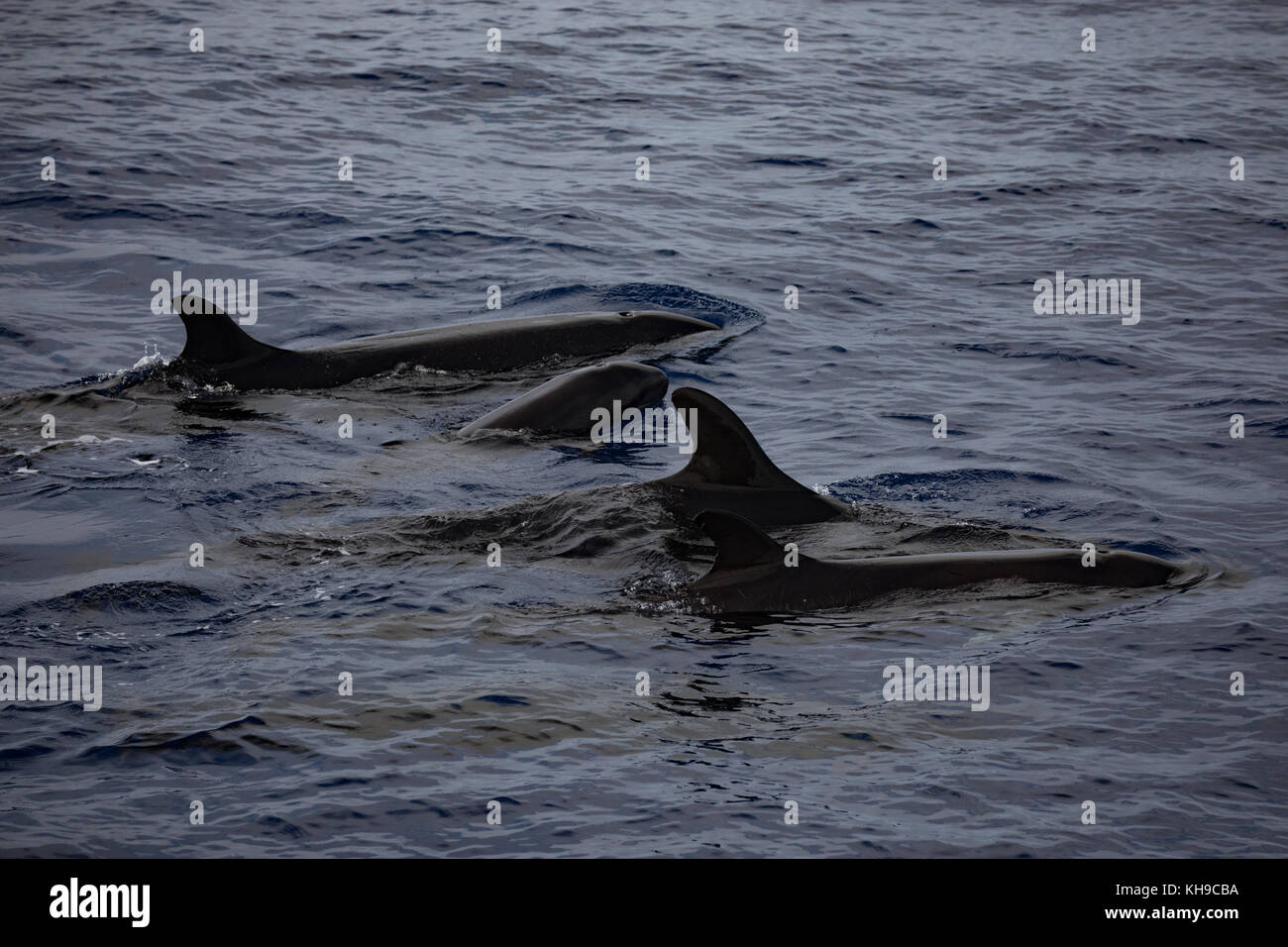 www.alamy.com
www.alamy.com mahi pod false killer whales atlantic feed ocean alamy madeira near
The Killer Whale (also Known As Orca) Is Actually A Type Of Dolphin. - Animal Rescue
 www.animalrescueprofessionals.org
www.animalrescueprofessionals.org whale killer orca dolphin whales animal type facts orcas ocean hunting friendly its strategies
What Animals Live In The Atlantic Ocean? - WorldAtlas
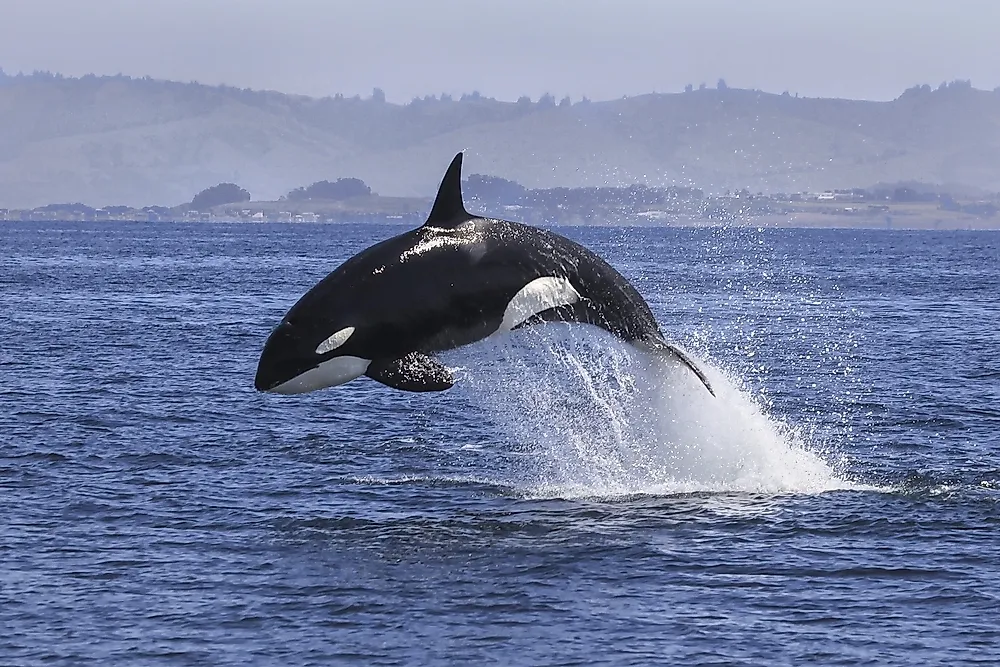 www.worldatlas.com
www.worldatlas.com whale worldatlas
Killer Whales And Kindness | KerryAnnMorgan.com
 kerryannmorgan.com
kerryannmorgan.com killer whales whale sea kindness show
Pin By Margaret Cruthers On Photography | Orca Whales, Ocean Creatures, Whale
 www.pinterest.com
www.pinterest.com whales orca orcas
Despite Recovery, Humpback Whales In The South Atlantic Ocean Face Threats | The Pew Charitable
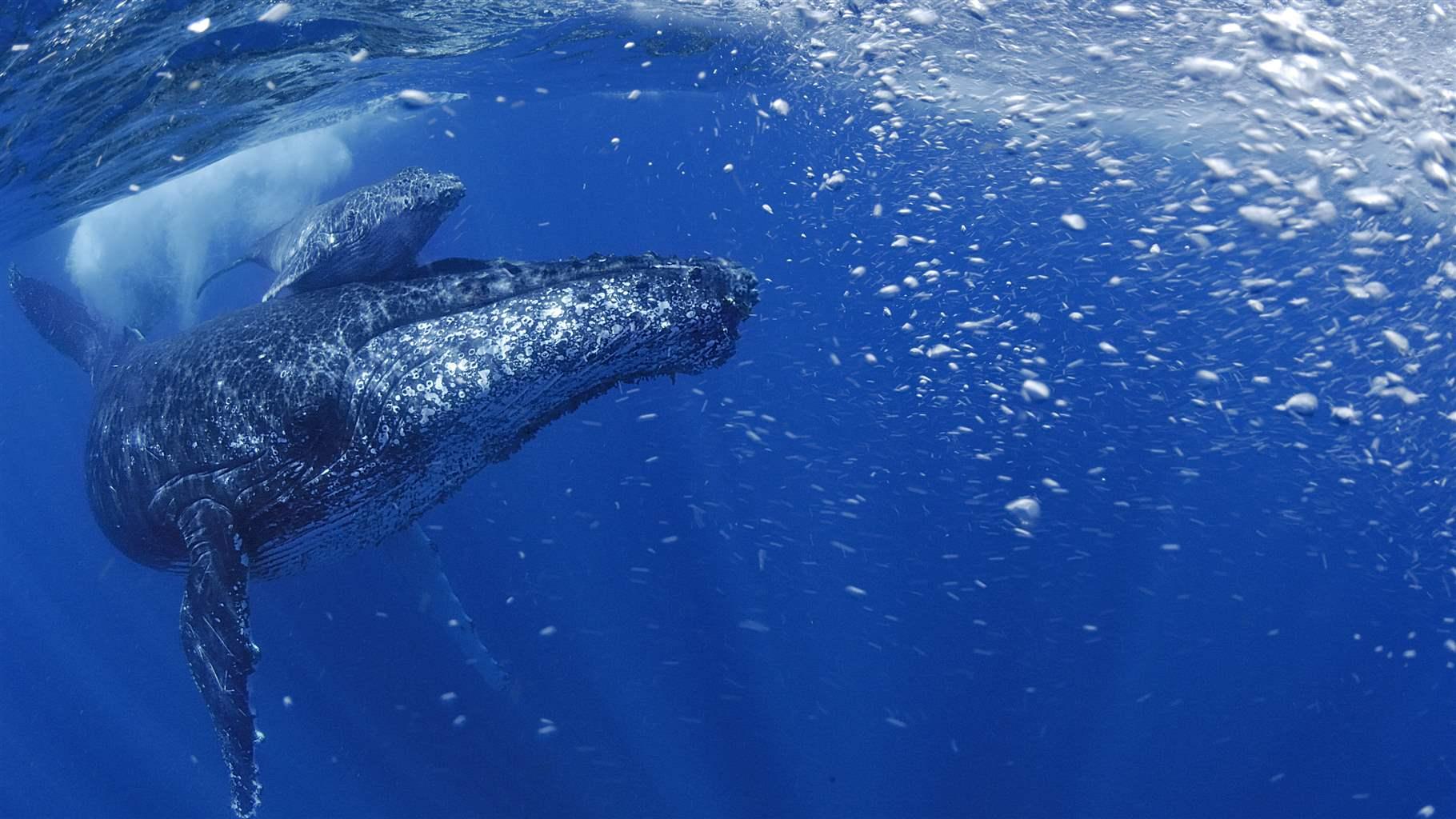 www.pewtrusts.org
www.pewtrusts.org whales humpback threats despite candisani
5 Best Places To Go Whale Watching In Canada This Summer - WorldAtlas
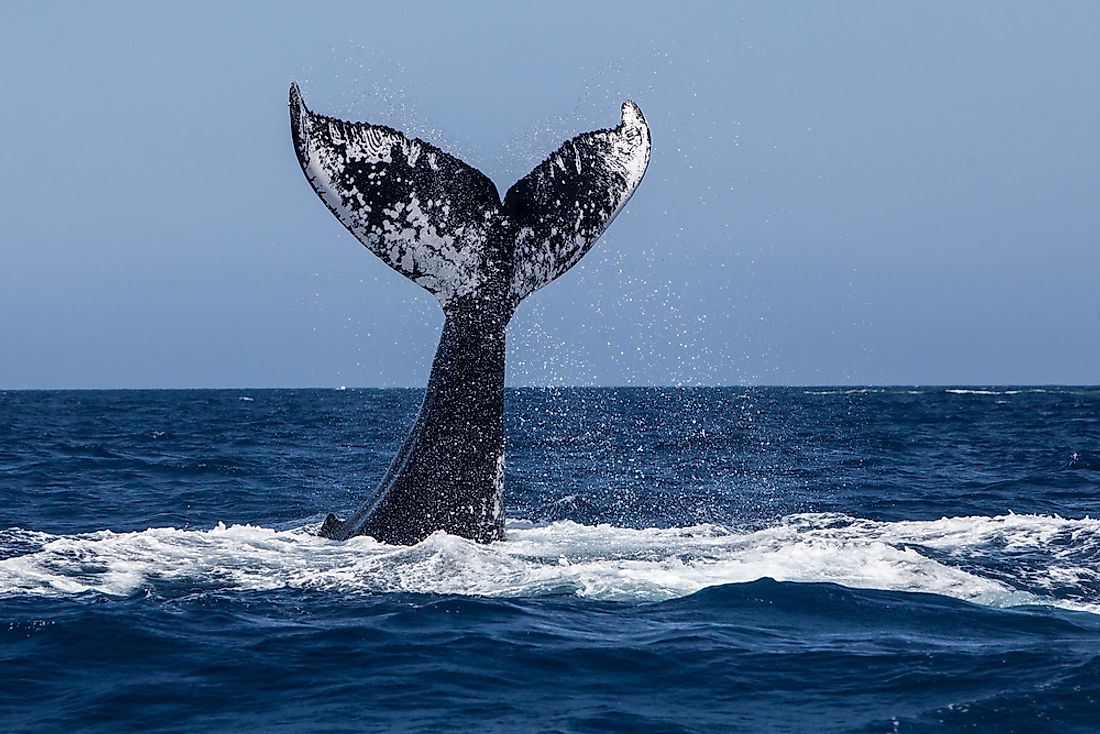 www.worldatlas.com
www.worldatlas.com newfoundland humpback worldatlas
Killer Whales’ Cultural Bottleneck | Hakai Magazine
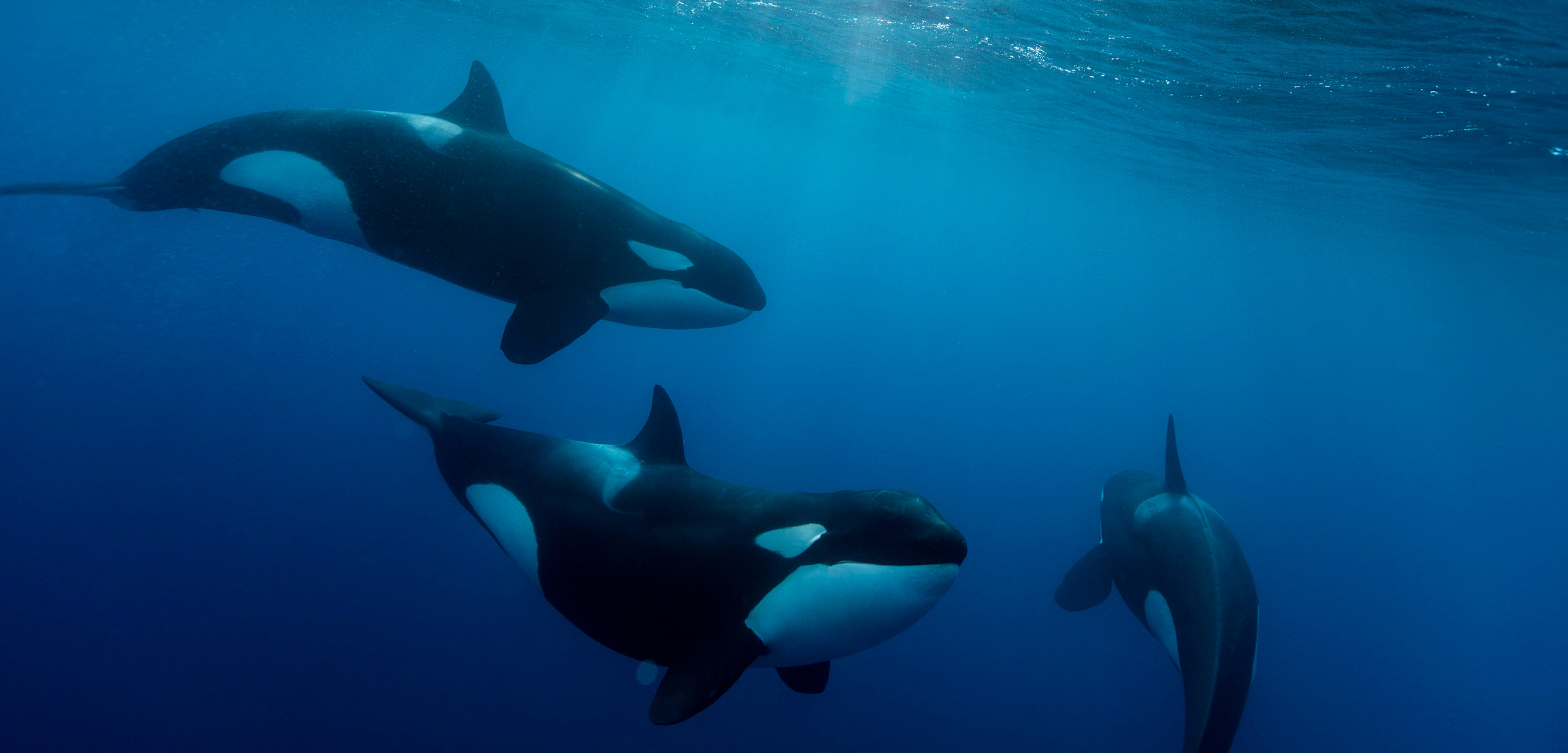 hakaimagazine.com
hakaimagazine.com killer orca whales paus hakai jagad kehidupan hakaimagazine
20 Incredible Facts About Orcas - Passport Ocean
 passportocean.com
passportocean.com orcas facts pod killer whales ocean norway incredible od nicklen paul credit adapt
Killer Whales High Speed Surfing | Photo, Information
whales killer orca surfing two speed vancouver canada northern whale orcas ocean sea animal off island wake boats animals beautiful
Pollutants Called PCBs Are Killing Killer Whales - The Atlantic
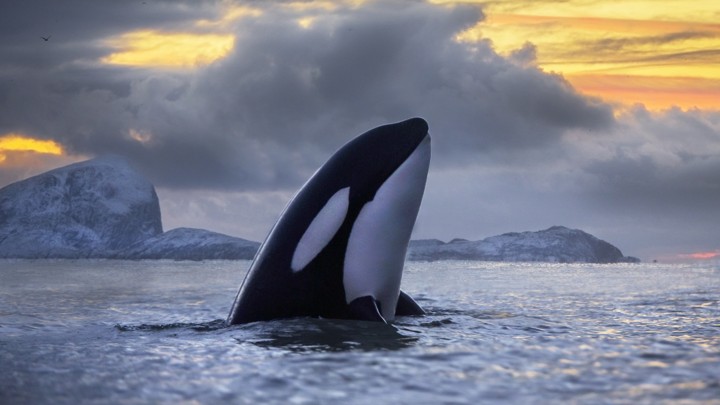 www.theatlantic.com
www.theatlantic.com killer whale norway whales rikardsen audun killing called
So, Why Are There Only 74 Southern Resident Killer Whales Left? | By Jess Driver | The Climate
 medium.com
medium.com orca killer whales resident southern whale there eating salmon left why only medium recovery provides clients avenue purchase estate support
Endangered Right Whales Appear In Cape Cod Waters | Barnstable, MA Patch
right whales whale waters cod cape skerry brian north national endangered appear massachusetts killer geographic wwf wildlife
Ocean Adventurer By Dr Gerald Goeden: PODS OF KILLER WHALES
 goedenscience.blogspot.com
goedenscience.blogspot.com whale killer whales orca sea facts animal wildlife nature blue ocean cool animals orcas wild bbc breaching water orcinus videos
NOBILANGELO: PHOTO - KILLER WHALE BREACHING
 nobilangelo.blogspot.com
nobilangelo.blogspot.com orca whale killer wallpaper whales wild desktop breaching wallpapers facts orcas beautiful interesting orcinus bainbridge jumping side water wallpapersafari jump
Killer Whales Have Close Friendships • Earth.com
 www.earth.com
www.earth.com whales
Interesting Facts About Killer Whales - Ultimate Guide To Everything
whales seaworld calf orca kalia hybrids ballenas entrenador drogadas revela diario purebreds conservational inbreds resident transient icelandic hemisphere include wikia
Killer Whale Orcinus Orca Atlantic Ocean Stock Photo 181-1543 : Superstock
 www.superstock.com
www.superstock.com orca orcinus 1543
A Record-Breaking Dive By A Hungry Killer Whale | Hakai Magazine
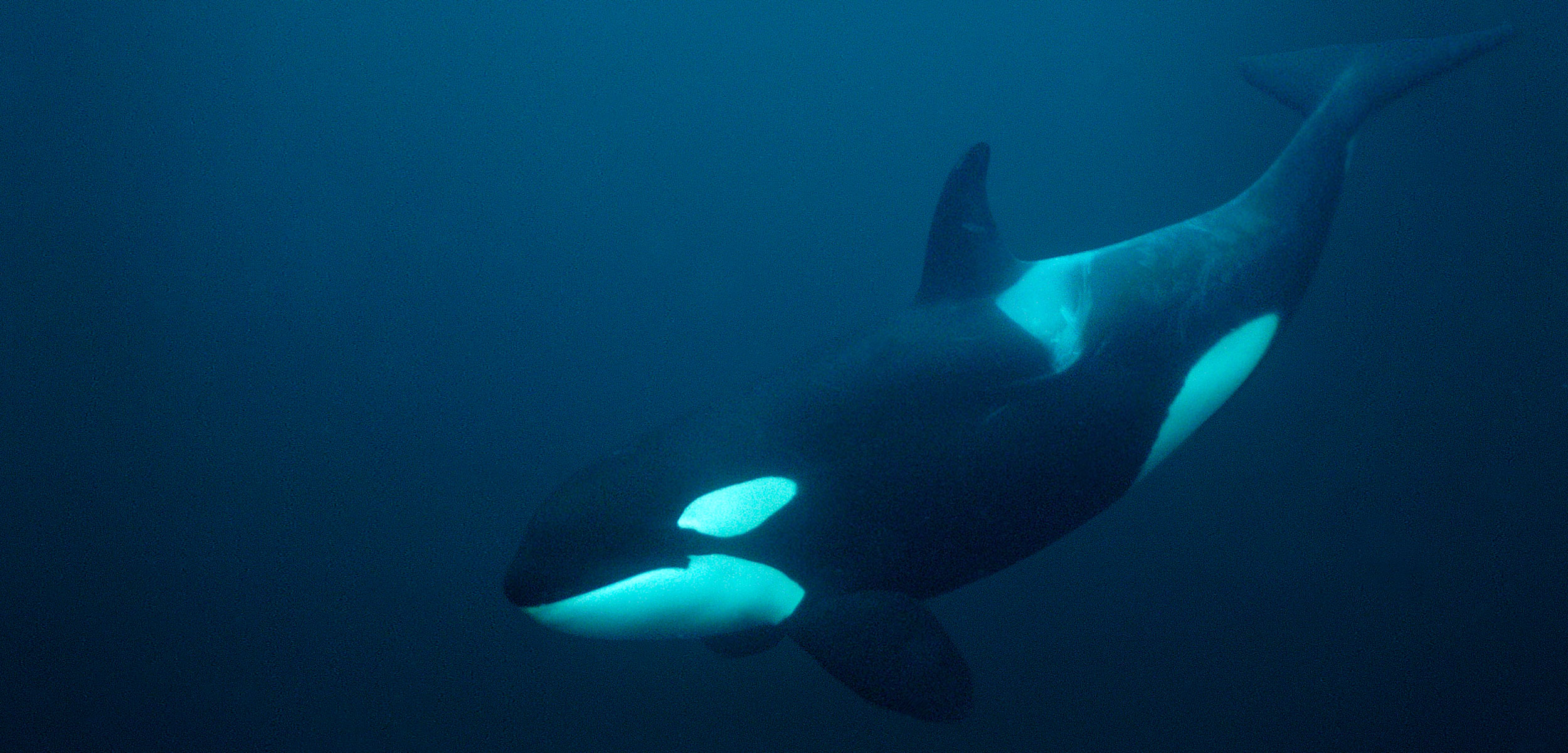 hakaimagazine.com
hakaimagazine.com whale killer ocean diving hakai magazine atlantic hungry below dive
An Orca Sighting - Killer Whales In The Pacific Ocean
killer pacific ocean whales sighting orca wordless wednesday
Scientists find mystery killer whales off cape horn, chile. A pod of false killer whales feed on mahi mahi in the atlantic ocean near madeira stock photo. Killer whales whale sea kindness show
Post a Comment for "Killer Whales In Atlantic Ocean"